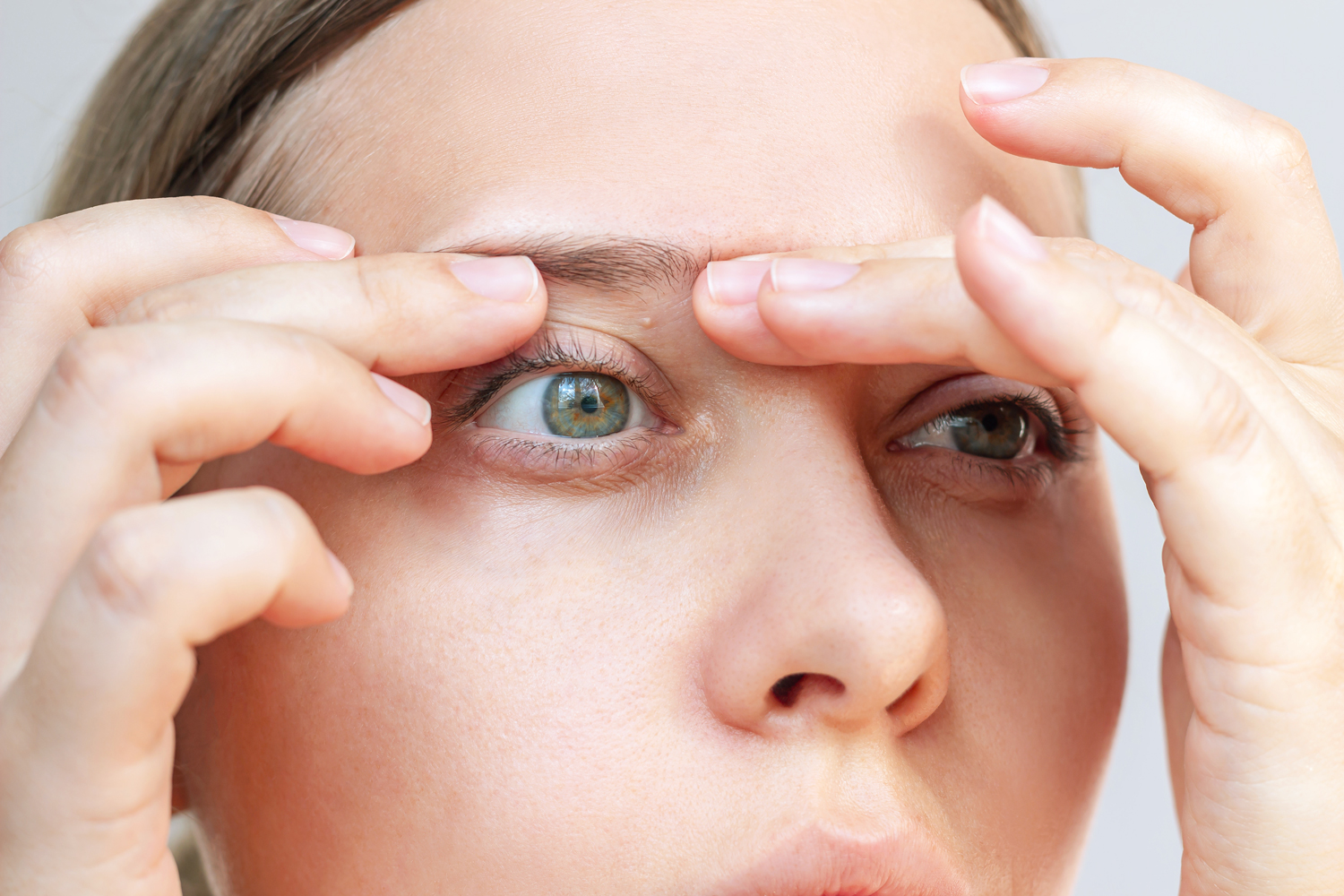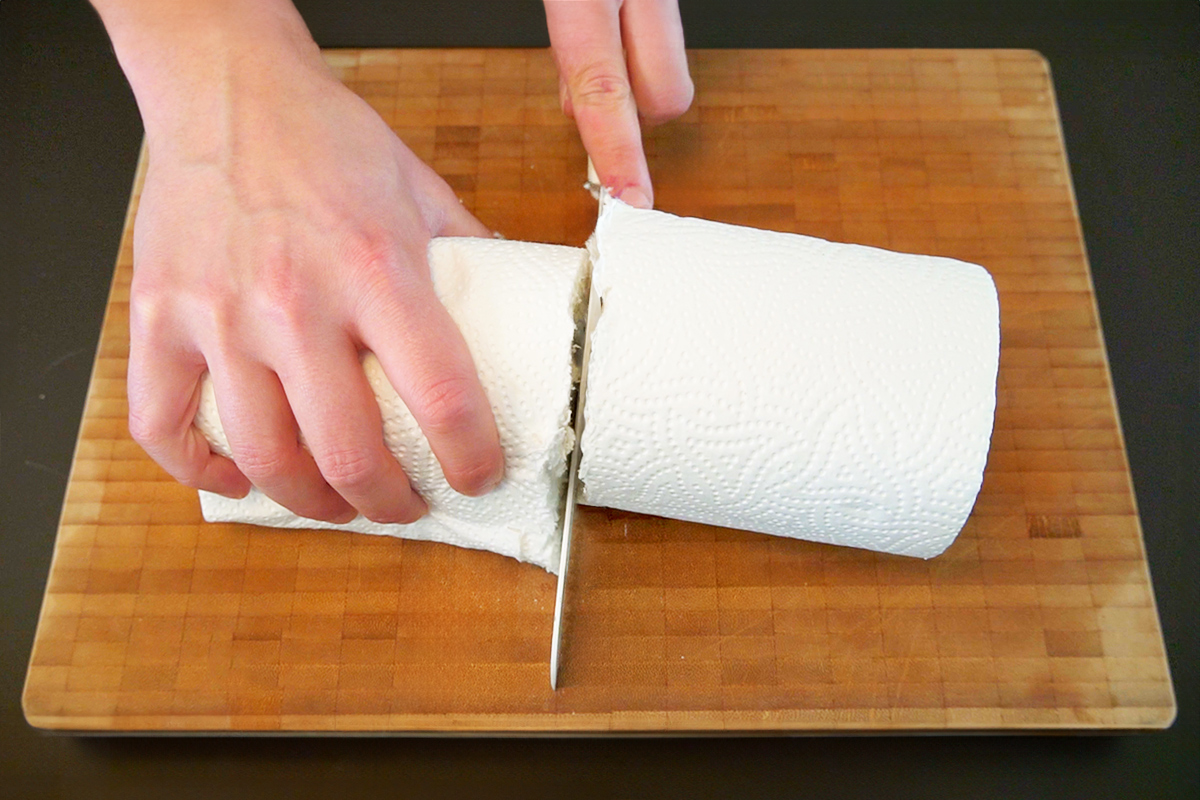We independently evaluate all recommended products and services. If you click on links we provide, we may receive compensation.
Nobody has a perfectly smooth under-eye area. Lines and creases are normal, even for kids — your skin needs that flexibility to blink and emote with ease. But if you have a smattering of small, whitish bumps on your lids or beneath your eyes, it may be something called milia.
According to double board-certified dermatologist Dr. Karan Lal, D.O., FAAD, milia are “little cysts that contain keratin,” one of the proteins found in your hair, skin, and nails. Milia develop when dead skin cells fail to shed. As new skin grows, the old skin cells harden, forming a tiny whitish or skin-colored bump (or several).
“I often see milia in patients with eczema,” Dr. Lal says. It’s also common for those with oily or acne-prone skin, as excess sebum can cause dead skin cells to get stuck on the face instead of shedding normally. Likewise, he says, milia can be caused by the use of eye creams or makeup products with occlusive ingredients such as petrolatum or dimethicone.
While milia aren’t cause for concern — and they usually resolve on their own within a few weeks to a few months — they can be frustrating, especially if they interfere with your makeup application. Still, avoid the temptation to try and “pop” them; doing so can cause scarring or lead to an infection. Instead, retire your heavy eye cream (some people just need lighter options) and encourage skin cell turnover with a lightweight retinol eye serum (we’re big fans of the Dr. Dennis Gross Advanced Retinol + Ferulic Triple Correction Eye Serum). It’s also a good idea to practice diligent sun protection, as sun exposure can contribute to milia. If you’ve updated your routine and your milia haven’t resolved after a few months, contact your dermatologist. They may be able to remove the bumps and provide recommendations on how to prevent the milia from recurring.
This article is for general informational purposes only.
Affiliate Disclaimer Medical Disclaimer
















 Unique Beauty is free for all users.
Unique Beauty is free for all users.